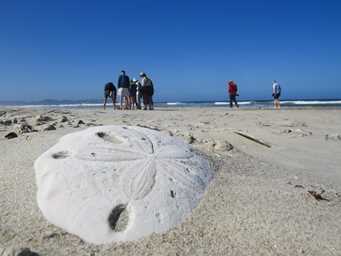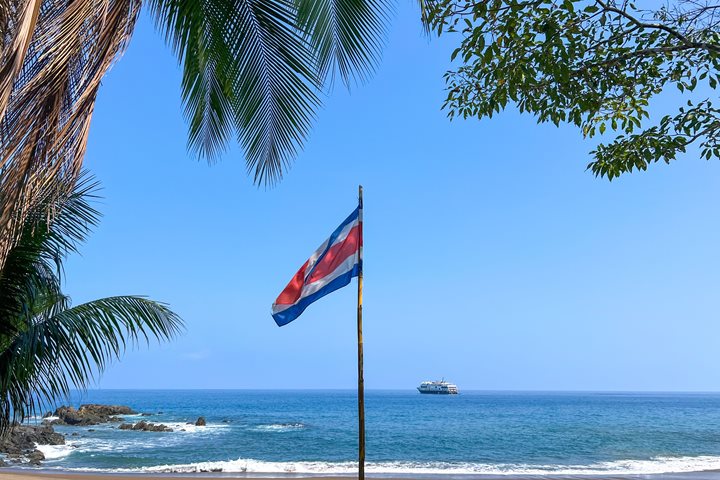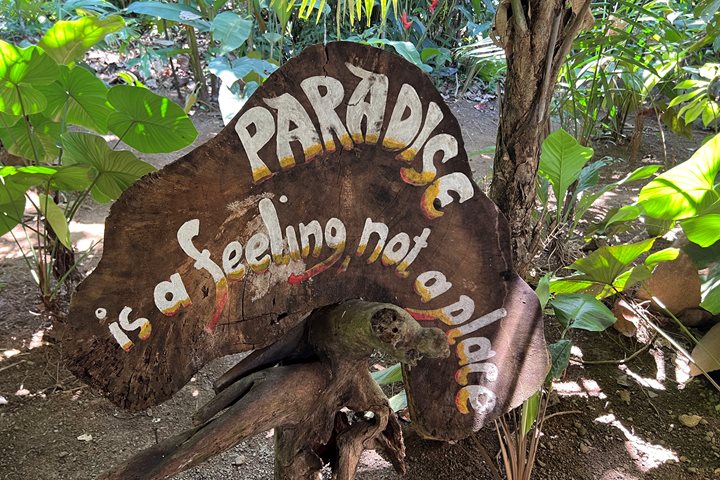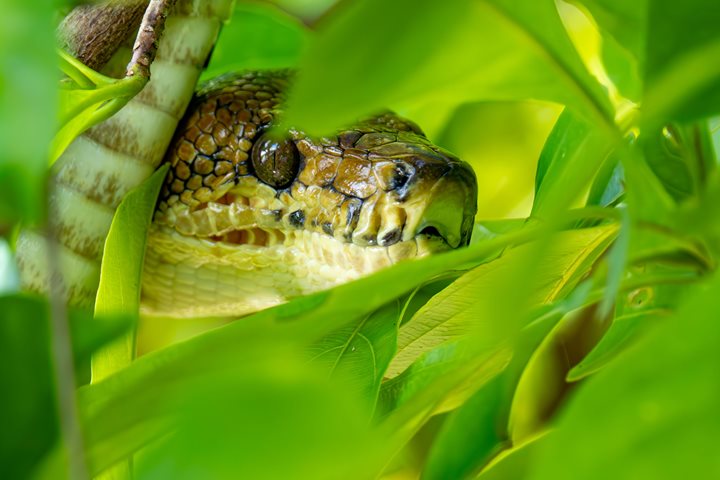Our first morning aboard the National Geographic Sea Lion, we awoke in Bahia Magdalena, surrounded by sand dunes. We were eager to make our first landing here in Baja California Sur and scuttled off of the ship promptly after breakfast. We landed on Isla Magdalena and our bare toes were happy to touch the soft sand. The large dunes hosted succulents and other desert plants, and a variety of different animal prints. We saw prints belonging to jack rabbits, coyotes, lizards, and beetles. After a 25-minute walk across the sand dunes, we reached the Pacific Ocean. The beach along the Pacific is appropriately named Sand Dollar Beach; sand dollar tests could be spotted as far as our eyes could see! With the no collection policy on the beach, beautiful shells and skeletons were available for our viewing enjoyment-what a treat!
The sand dollar tests (the residual calcium carbonate shell left when the organism dies) were from keyhole sand dollars, one of the largest species in the world! Sand dollars are echinoderms, making them related to sea urchins and sea stars. We were able to recognize the resemblance to sea stars by the star-shaped pattern on the sand dollar. Other treasures to be found on the beach included: puffer fish skeletons, sea turtle skeletons, sea lion vertebra, barnacles, clam and cockle shells, ghosts crabs, and more! Being a photo expedition, we have many excellent photo instructors who were available to offer tips and tricks for taking good beach photographs.
After lunch, the National Geographic Sea Lion headed north for San Ignacio. Half way through naturalist Pete’s gray whale presentation, we started to feel some of the waves open Pacific so National Geographic Sea Lion geared toward protected Bahia Magdalena. With the sandy barrier islands of Isla Santa Margarita and Isla Magdalena, the bay is protected from the Pacific Ocean. As soon as the ship turned south, there was a sigh of relief; we once again had smooth sailing.







